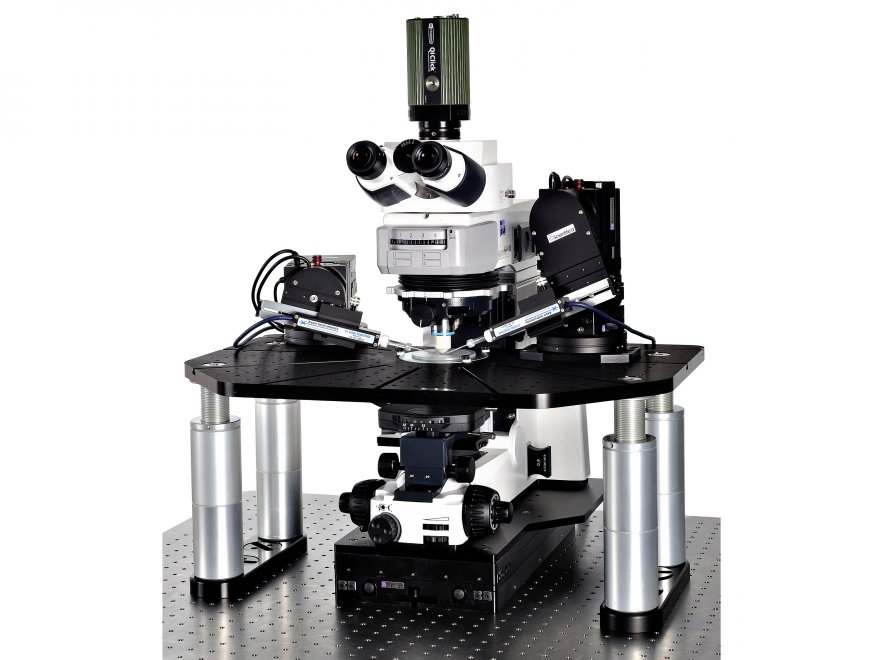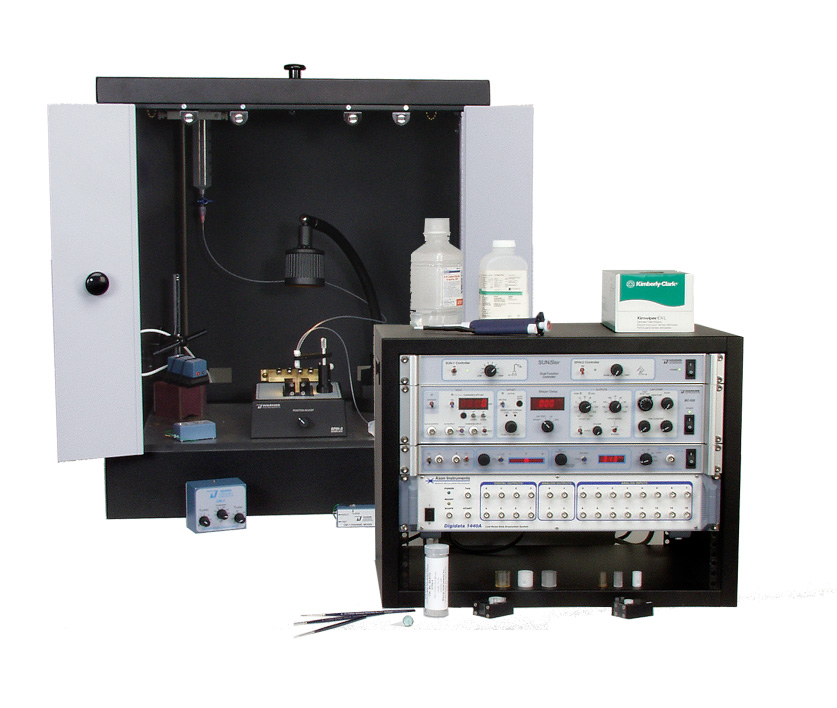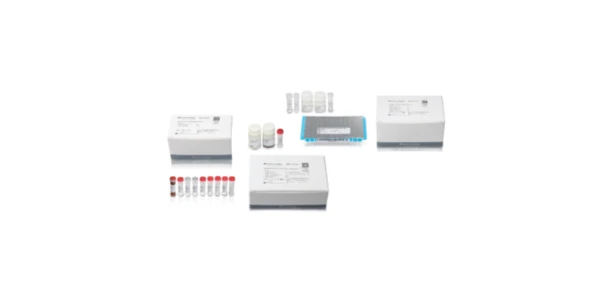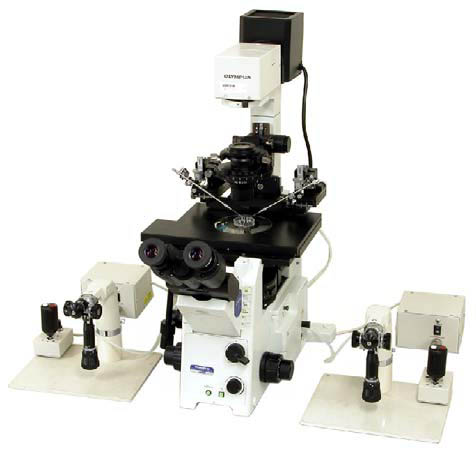Electrophysiology Equipment that Every Lab Needs
Electrophysiology is a powerful analytical testing technology that has been incredibly prolific and valuable to many fields of research.
Whether a lab is focused on whole-cell, patch clamp, planar lipid bilayers, or the host of other techniques associated with this technology, there are a number of required electrophysiology basic equipment items.
The four main requirements for an electrophysiology setup:
-
Environment: the means of keeping the preparation healthy
-
Optics: the means of visualizing the preparation
-
Mechanics: the means of stably positioning the microelectrode
-
Electronics: the means of amplifying and recording the signal.
Major electrophysiological techniques and equipment:
Whole-cell Electrophysiology
This technique is broken into Intracellular and Extracellular Recording, depending on whether the electrode tip is inserted into the cell or simply attached to a cell, respectively.
- In intracellular recording, a fine pipette tip is inserted through the cell membrane in order to record ion conductance (and electrical activity) across the whole-cell membrane. Although powerful, the possibility exists that solutes, ions, and other material may leak past the entry point thereby compromising experiments.
- In extracellular recording, the fine pipette tip is attached to the outer envelope of the cell membrane. Gentle suction removes the “patch” over the orifice of the pipette tip, thereby allowing measurement of whole-cell conductance activity without the tip breaching and traversing the cell membrane.
Patch Clamp Electrophysiology

In the Patch Clamp technique:
- Recording simply involves measurement of conductance across the “patch” of membrane created by the extracellular recording technique described above – the patch is not removed from the cell.
- There are modifications of this technique such as excise patch clamp recording as well.
Planar Lipid Bilayers

Planar Lipid Bylayer recording is a fundamentally different technique using artifical bilayers in the place of cell membrane measurements.
- A thin film of lipid is formed (e.g. painted) over a small (5-500 µm) orifice in an inert block of material (e.g. delrin).
- A bilayer membrane forms through physical forces, and two now separate reservoirs serve as electrode baths for measuring conductance across the membrane. (Image: Warner Instruments)
Environment
Specific tools and reagents are associated and required for specific applications -- for instance growth of ex vivo cultures, harvesting of model cells (e.g. frog oocytes), or dissociation of cells derived from native tissue
- Cell culture products include: culture plates, culture flasks, cell media, growth factors, antibiotics, pipettes, autopipettors, conical tubes, ducted or ductless fume hoods, cell culture incubators
- Cell harvesting and preparation products include: culture plates, cell spreaders, shakers, tabletop centrifuges, pipettes and pipettors, conditioning media, small animal surgical tools, tweezers
Optics
Depending on the type of cells harvested, specific types of imaging equipment may be required.
- Cell counting and imaging devices include: dissecting microscopes, optical brightfield microscopes, inverted live cell imaging fluorescence microscopes, CCD microscope cameras, microscope imaging monitors, micromanipulators, imaging stages, LED light sources, microscope accessories.
- Cell imaging microscopes include: confocal microscopes, high-content confocal microscopes, electron microscopes, fixing stages, cryostats, microtomes, microscope accessories
Mechanics
Essentials for electrophysiological recording include:
- Faraday cages for electronic isolation, air tables for vibrational isolation, platinum electrodes, glass pipette materials, glass pipette oven and pullers, electrode mounting hardware, pipette mounting hardware, light sources, optical viewing magnification devices, syringe pumps, aspiration tubing, vacuum pumps, vacuum flasks, buffers and reagents, water purification devices.
Electronics
Depending on the mode of electrical conductance (or voltage) measurement, the following products will be required:
- headstage amplifiers, amplifiers, electronic signal filters, chart recorders, PC controllers and recorders, video monitors.
Summary
Whether performing whole-cell, patch clamp, or planar lipid bilayer recording of multiple or single channel activity, there are basic equipment requirements for setting up and running the lab. Beyond this, specific equipment and reagents will be dictated not only by the measurement method, but by the nature and source of the cells and/or membranes. For these reasons, a thorough evaluation of lab inventory and the identification of source(s) for equipment and materials will provide the best chances for electrophysiological success.
Find a Wide Selection of Electrophysiology Equipment on LabX.com
Updated November 2019











